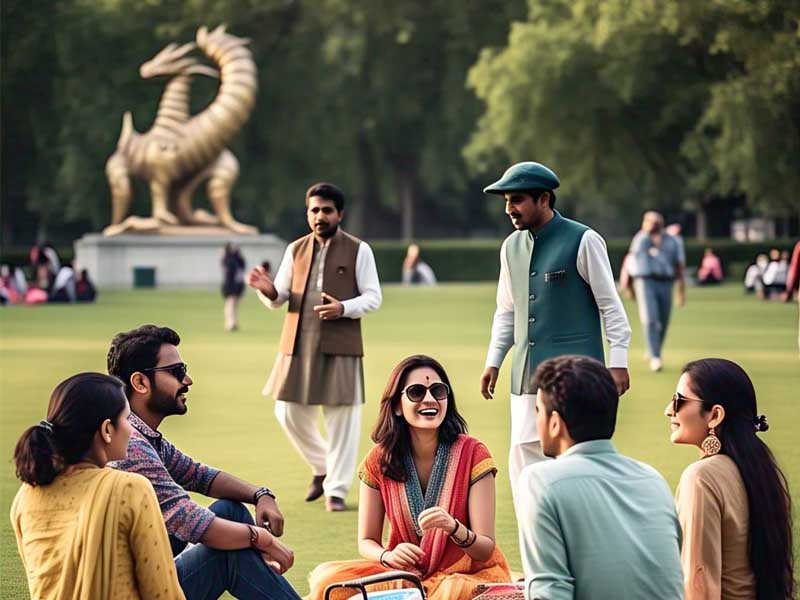
Arcadiadaily -Reclaiming my family’s language began when I was around eight years old. A teacher at my elementary school in New Delhi asked us which languages our families spoke at home. India is known for its rich linguistic diversity, with estimates suggesting that between 122 and 456 languages are spoken across the country. In large cities like New Delhi, it’s common to speak two languages: one for official or work purposes, such as Hindi in Delhi, and another regional language that connects people to their roots. Growing up, I spoke only Hindi, unaware that my family’s ancestral language was a different one entirely. When I asked my father about this second language, he answered with a word that left me confused: “Sindhi.”
Reclaiming my family’s language began with this simple question, which sparked a journey into the past. I had never heard of Sindhi before and was shocked to learn that it wasn’t an Indian language at all, but one spoken in the region of Sindh, now part of Pakistan. This revelation led me to wonder how we had lost our ancestral tongue and why my family no longer spoke it, unlike many other Indian families who retained their regional languages.
The answer to this mystery lies in the traumatic events of 1947: the Partition of British India. As the British departed, they drew the “Radcliffe Line” to divide the country into India and Pakistan. This division, based largely on religious lines, caused one of the largest forced migrations in history. Millions of people, including Sikhs, Muslims, and Hindus, fled their homes to escape the violence that followed. Among those who left was my grandmother, who hailed from Sindh. A region that had been home to a thriving Hindu community before the division.
“Powering a Greener Future with Hybrid Engines”
With the creation of Pakistan, Sindh became a Muslim-majority region, and my grandmother and many others from the Hindu minority fled to India to avoid religious persecution. The separation of families and the disintegration of communities had a devastating impact on the languages spoken by displaced families. For my family, the loss of Sindhi was symbolic of the larger cultural and emotional displacement caused by Partition.
At the age of 14, my grandmother left behind not only her home but also the language that had connected generations. She crossed the newly drawn border, carrying little more than memories and the remnants of her childhood, including her Sindhi language.
Reclaiming my family’s language has been a profound journey. Sindhi, a language deeply rooted in the region of Sindh, symbolizes the shared cultural heritage between India and Pakistan. The language itself is an intricate blend of influences from both countries. With its origins in the Prakrit languages that gave birth to Hindi, one of India’s most spoken languages. However, unlike Hindi, Sindhi uses a modified Perso-Arabic script. Which is also the script used for Urdu, the national language of Pakistan.
One of the most fascinating aspects of Sindhi is that it unites two countries. India and Pakistan, that remain politically and culturally divided. The language’s unique position between the two nations speaks to a shared history, one marked by both unity and division. For my family, reclaiming Sindhi is not just about reviving a lost language. But reconnecting to the past, to a time before borders divided people and cultures.
As I continue to learn and speak Sindhi, I am not only reclaiming my family’s language but also honoring the legacy of my ancestors who once lived in a land where this language was spoken freely. In doing so, I ensure that the memory of Sindhi, and the history of my family. Will continue to live on across borders, transcending political divisions and reconnecting the past with the present. Reclaiming my family’s language has become a way to heal from the wounds of the Partition and preserve a cultural heritage that was nearly lost forever.
“Microsoft Word, The Timeless Tool for Aspiring Writers”